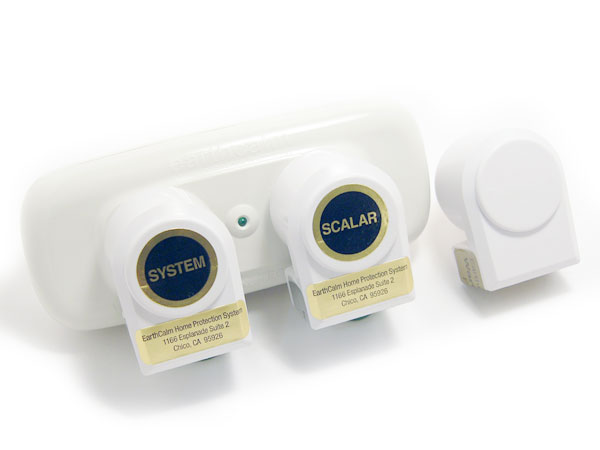Whether you live in an apartment or house, or you just would like to ensure your home is free from EMFs There are a variety of methods to reduce exposure. One of the easiest is to limit the use of electronic devices. You can also turn to EMF blocker paint to block EMF radiation from entering your home. Another method to protect your home from EMF radiation would be to use an RF shielding canopy. This is a fabric made of net that has EMF shielding. It's used to block EMFs from entering a room. Another option is to have your home fitted with an enclosure that is conductive. These enclosures are known as Faraday cages.
A number of studies have proven that the non-ionizing RF EMF produces antiproliferative effects on HCC cells. The mechanism that drives AM RF EMF's anticancer activity in vitro is thought to result from the deregulation in cancer-related stem cells. This could be the reason for the long-term responses seen in some patients with advanced HCC. However, the mechanism behind AM EMF's impact on patients suffering from cancer isn't yet clear.

Effects on the effects of AM RF EMF on HCC tumor growth in vivo was studied in mice. The tumors were split into 3 groups. First, the group that was unaffected RF EMF. Another group of participants was subjected RF EMF at a frequency that is similar to the frequency used by humans. The third group was exposed to the RF EMF in HCC-specific frequencies. Visit the website of HCCMF on tumors was compared to that of RCF. The results indicated that tumors treated by HCCMF were significantly shrinking. However, the tumours treated with RCF did not show any evidence of tumour shrinkage.
The reason for tumour-specific AM RF EMF might be based on the fact that tumour cells require Cav3*2 T-type voltage calcium channels for proliferation and down-regulation. AM RF EMF's antiproliferative effects in HCC cells is caused by CACNA1H the protein that is responsible for the influx of Ca2+ specific to tumours. The results suggest that CACNA1H could have wider implications for treatment and diagnosis of different cancers.
The tumours in the controls were never exposed EMF from RF, and fed a normal diet of mice. emf blocker in the HCCMF group were infected with Huh7 cells at the time they were between five and seven weeks old. The tumors were then killed when they showed excessive burden.
The tumours from the three groups also showed distinct growth curves. The tumors treated with HCCMF showed a significant decrease in size of the tumor after eight weeks. However, tumors which were treated by RCF didn't show signs of shrinkage. The difference was substantial. The tumors treated by RCF had necrosis, which is common in tumours that are exposed to RCF. There is a possibility that the necrosis was caused by an absence of oxygen in the larger tumors.
In emf blockers , the findings show that AM RF EMF is a powerful source of anticancer effects in vitro and in the vivo. Numerous studies have demonstrated it is true that AM RF EMF produces measurable shrinkage of tumors within HCC patients. It is possible that AM RF EMF produces these effects through CACNA1H which is a protein involved in tissue-specific Ca2+ influx. Additionally, AM RF EMF may exert a sustained effect on the development of HCC tumours in vivo.
